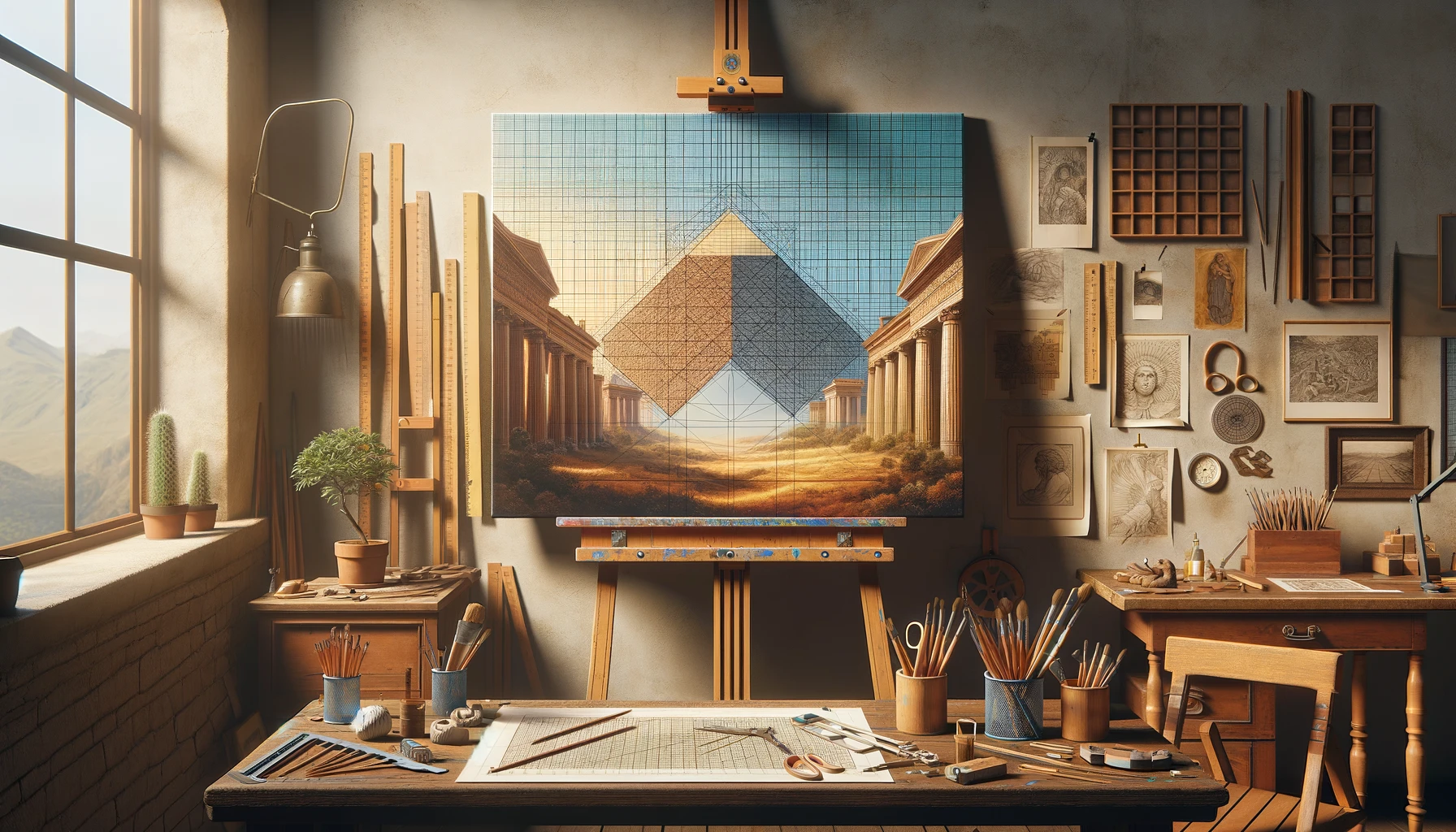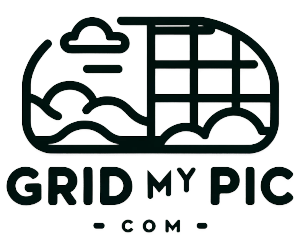Introduction to Grid Drawing
Grid drawing, a time-honored technique, plays a crucial role in maintaining proportion and scale in art. This method, deeply rooted in artistic tradition, remains relevant for contemporary artists.

Understanding Proportions in Art
Proportions are fundamental to the visual appeal of artwork. However, achieving accurate proportions is challenging. Grid drawing methodically addresses this challenge, providing a structural framework to guide artists.
Practical Guide to Using Grids
To use grids effectively, artists begin by overlaying a grid over their reference image. This grid is then replicated on the drawing surface, guiding the artist in replicating the image accurately, square by square.
- Overlaying a Grid on the Reference Image: The first step in grid drawing involves overlaying a grid over the reference image. You can use the image grid generator on gridmypic.com to do this. This grid acts as a mapping tool, breaking down the image into smaller, manageable sections. Artists can use various methods to create this grid, such as drawing it by hand or using digital tools to superimpose it on the image.
- Replicating the Grid on the Drawing Surface: Once the grid is in place on the reference image, the artist replicates this grid on their drawing surface, whether it's a canvas, paper, or a digital screen. This replication must be precise to ensure that the scale and proportions of the original image are maintained.
- Transferring the Image, Square by Square: The artist then begins the process of transferring the image from the reference to the drawing surface, focusing on one square at a time. This methodical approach allows for more accurate reproduction of the image, as each grid square on the reference image corresponds to a square on the drawing surface.
- Ensuring Accuracy and Proportion: By using the grid as a guide, artists can accurately capture the proportions and details of the reference image. This technique is particularly helpful when dealing with complex subjects or when precision is paramount.
- Flexibility and Adaptation: Grid drawing is not a rigid process; artists can adapt the grid size and approach based on the needs of their specific project. This flexibility allows for both high-detail work and more abstract representations.
Choosing the Right Grid Size
Selecting an appropriate grid size is essential. Smaller grids provide more detail, while larger grids are suitable for broader compositions.
- Smaller Grids for More Detail: Smaller grids are preferred when the artwork demands high levels of detail. This is because each square of the grid represents a smaller section of the image, allowing the artist to focus closely on intricate details. For example, in portraits or complex nature scenes, where every small feature matters, a finer grid helps in capturing these nuances.
- Larger Grids for Broader Compositions: Conversely, larger grids are better suited for artworks that require a broader, less detailed approach. This is often the case in larger compositions, like landscapes or abstract art, where the overall form and structure are more important than minute details. A larger grid simplifies the process of transferring these broader shapes and forms onto the drawing surface.
The choice of grid size is a strategic decision that artists make based on the nature of their work, the level of detail required, and their personal style. It's a balance between the need for precision in smaller, detailed work and the efficiency and broader strokes required for larger compositions.
Transferring Grids to Canvas or Paper
Transferring the grid to the canvas or paper can be done manually or with the aid of projectors or lightboxes, ensuring accuracy in the reproduction.
Grid Drawing and Digital Tools
Digital tools like GridMyPic enable grid drawing, offering precision and ease. These tools allow for customization and can adapt to various artistic requirements.
Benefits of Using Digital Grid Tools
Digital tools provide unparalleled convenience and precision. They offer customization in grid size, color, and line thickness, catering to diverse artistic needs.
Case Studies and Artist Experiences
Many artists, from novices to professionals, have embraced grid drawing. This technique aids in mastering proportions, an essential skill in art.
Conclusion
Grid drawing, a bridge between traditional and modern art techniques, continues to be an indispensable tool in maintaining proportions and scale in art. As technology advances, grid drawing evolves, remaining an essential skill for artists worldwide.
